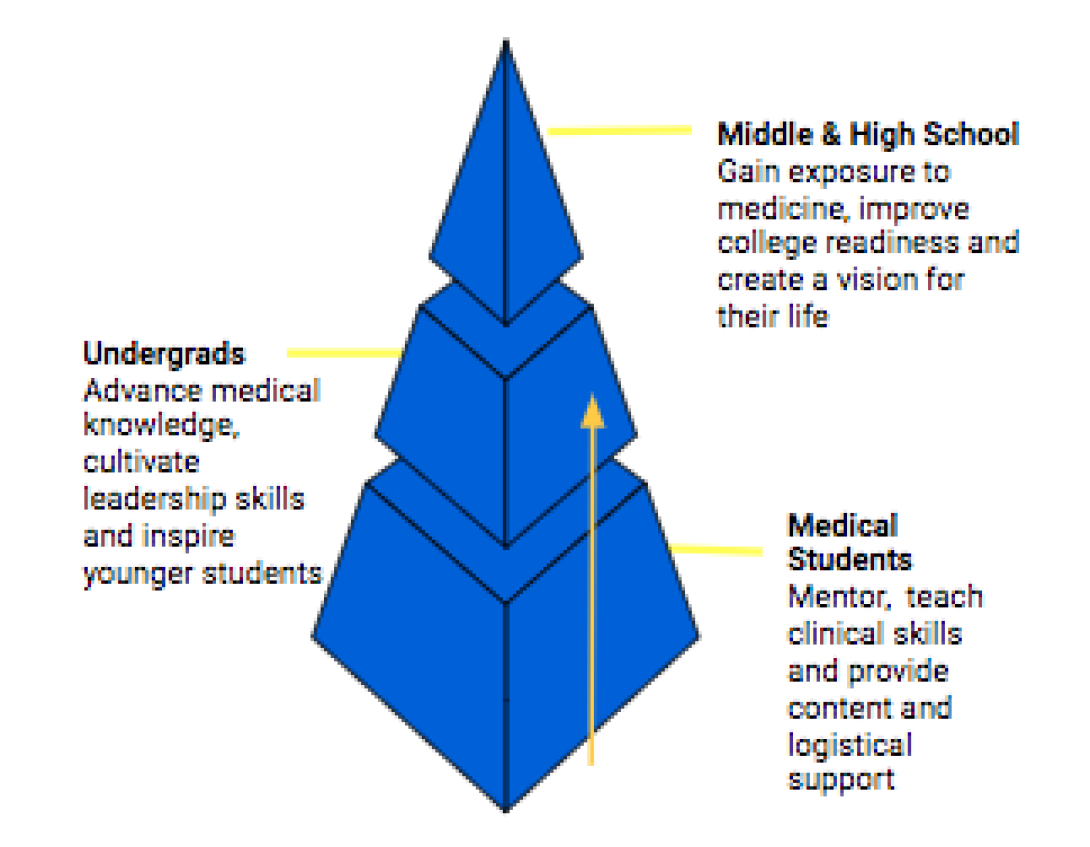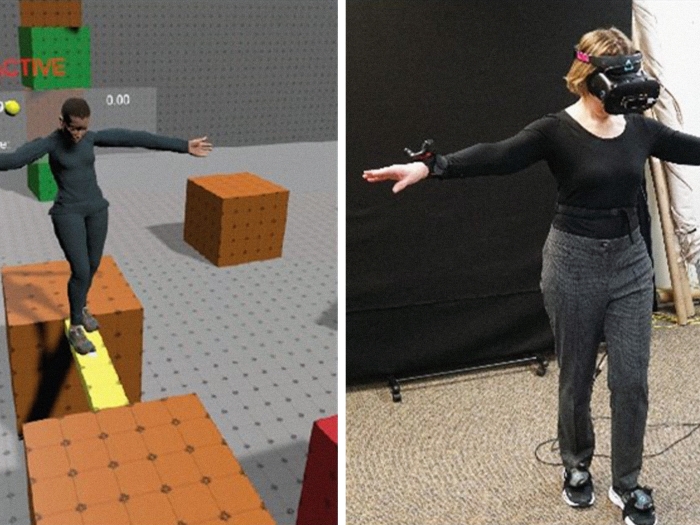3:07 PM
Author |
When the list of available positions for the Black Medical Association (BMA) came out during election time last year, I was a little confused on which position I wanted to serve in. I talked with some of my now current BMA executive board members to determine which positions they would choose to see if one would simply "fall in place" for me. After reflecting on my passions and strengths, I decided to run for vice president of BMA. My job would entail mentoring and strengthening the pipeline by working with the Multicultural Association of Pre-Health Students and the Black Undergraduate Medical Association (BUMA).
I am a recent BUMA alumnus (as I like to call myself) and the chance to work with my past organization and give back made me excited. There are not usually many direct opportunities to influence the communities that have shaped you but this was my chance to do just that. One day, Jasmyne Jackson (M4) approached me about an idea she called the Future Physician Summit, an event that would combine BMA & BUMA to expose middle and high school students to medicine. I thought this was a great opportunity to work with BUMA in another capacity and give back to our community.
I have been a part of BUMA since its inception my junior year in 2015. I remember when one of my good friends Tomi Ojo talked to me about her passion to start the organization for black pre-medical students on the University of Michigan's campus. She felt this was needed because of the unfortunate reality that black pre-meds can sometimes get lost on the journey toward medicine. There are so many factors that play a part here but Tomi noticed, as did many of us, that the same friends with whom we began the pre-med journey were not the same ones with whom we would finish, since many of them changed their major or focus. BUMA would and has served the purpose of providing a space for black pre-medical students to uplift each other, provide resources for each other, give back to our community, and retain more black pre-medical students overall.
While African Americans are 12% of the U.S. population, the American Association of Medical Colleges reports that Black or African Americans represent 6% of medical graduates and only 4% of full-time physician faculty. Exposure to the field and retention of black students in medicine are very important for addressing this racial disparity in the physician workforce. In addition, building the confidence needed to achieve a medical career, providing impactful opportunities for minority students, and early mentorship are all key components to diversifying the field.
To address this racial disparity on all fronts, the Office for Health Equity and Inclusion, BMA and BUMA will be collaborating with Wolverine Pathways to put on the inaugural Future Physician Summit on Saturday, April 7th. Wolverine Pathways middle and high school students from the cities of Detroit and Southfield will be joining us on the medical campus for a day filled with college readiness activities, pipeline panel discussions, mission and vision workshops, a tour of the medical campus, and clinical skills workshops. We will be involving representatives from every part of the pipeline including physicians, fellows, residents, medical students and undergraduate students so Wolverine Pathways scholars can be exposed to the pipeline in its broadest sense.
The Future Physician Summit Structure. Medical Students are at the base and are key components to uplifting the rest of the pipeline

Another key aspect of the event is our "train the trainer" pedagogy. Under the guidance of medical students, the undergraduate students serve as the primary leaders and are responsible for the planning and execution of the Summit. This approach provides the undergraduate students with leadership opportunities and experiences that highlight the importance of service and outreach and in so doing, strengthening the pipeline.
The planning of the Summit has been a great experience so far for both BUMA and BMA students. We have all gained valuable experience necessary to further our careers as future medical students and residents, respectively. The BMA participants have benefitted from teaching clinical information, mentoring, supervising and developing skills that will translate in the role of guiding the success of medical students as residents ourselves. In addition to gaining medical exposure, the BUMA students have practiced event planning and task management, improved written communication, and sharpened their professionalism. Involvement in the planning process has motivated and prepared each level of the pipeline for the next step on their journey toward medicine.
Personally, I am very proud of the growth that I have seen with each and every member of the Future Physician Summit leadership team and I am excited to be a part of organizing and executing this event. As a black male of Nigerian descent, I have been given the opportunity to give back to Detroit, the city I was raised in, BUMA, and to other minority communities that surround me. Through my involvement, I hope that I can inspire minority students to choose a career in medicine similar to how programs and events that I have been a part of while growing up inspired me to choose this path. Building and strengthening the pipeline for minority students is my passion! I hope that the Summit's structure will become the first of many of its kind!


Department of Communication at Michigan Medicine
Want top health & research news weekly? Sign up for Health Lab’s newsletters today!


